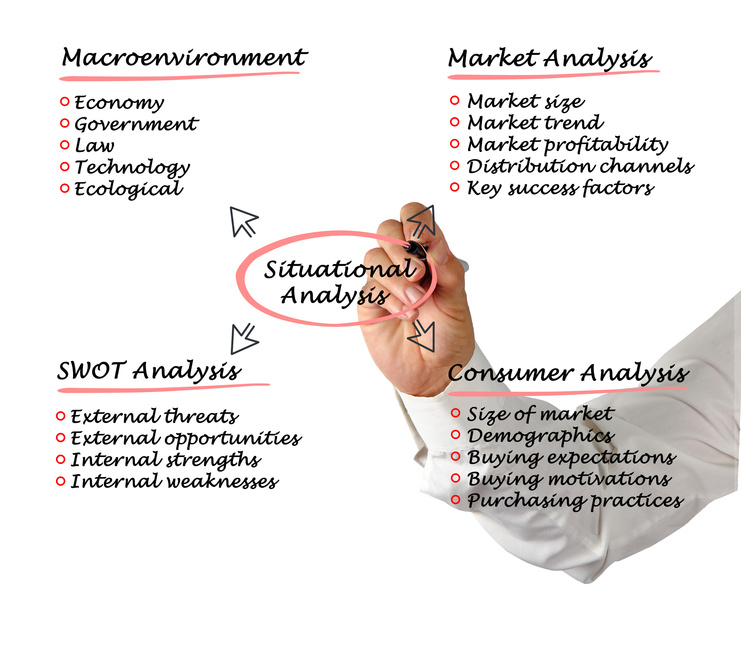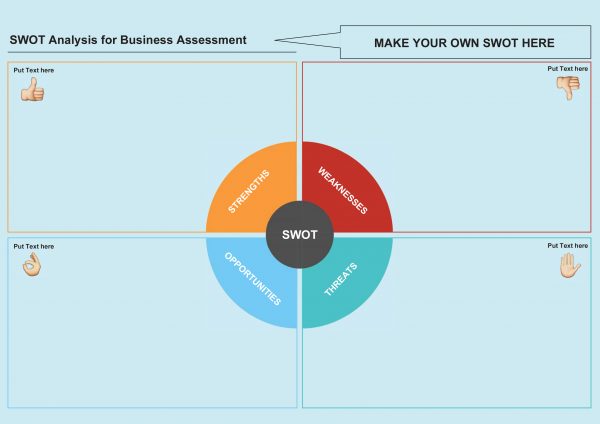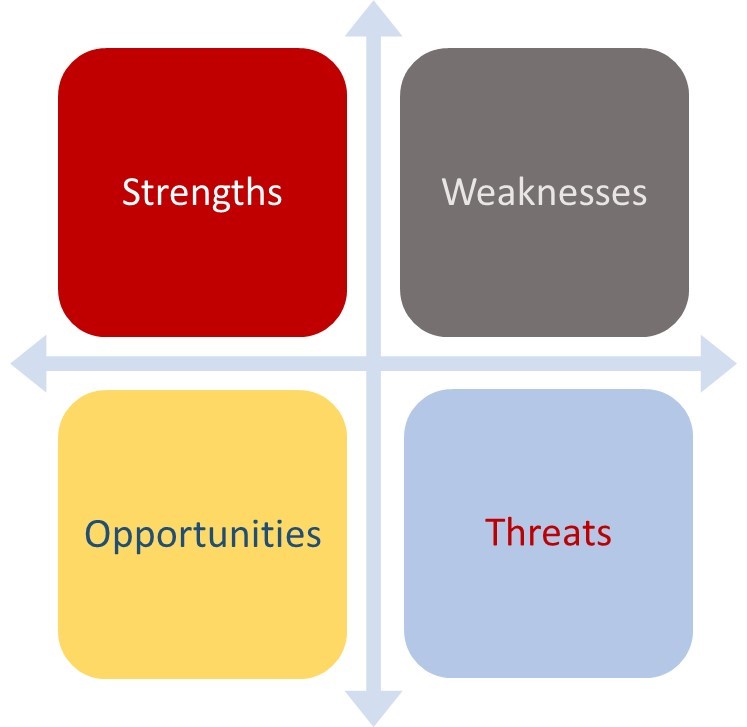Good things, they say, come to those who wait. Greater things happen though to those who SWOT.
SWOT, What?
The 1960s wasn’t all sex, drugs, and rock ‘n’ roll. At around the same time, American management consultant Albert S. Humphrey also made one of the most valuable contributions in organizational planning through the SWOT analysis model.
Whether you’re a solopreneur running a coffee shop or a chief SEO officer heading a team dotted across the globe, there is no way for you to accomplish organizational goals without doing a SWOT. Heck, the folks behind HBO’s Silicon Valley, a hilarious take on tech geeks, even dedicated a minute of airtime to the almighty SWOT. And government organizations are dead serious about SWOT too.
Okay, I’m sold now. What’s a SWOT?
SWOT stands for Strengths, Weaknesses, Opportunities, and Threats. Sounds straightforward, right?
In a nutshell, this analysis model is an extremely useful tool for any organization who wants to move forward with their objectives by making a thorough evaluation first. You could be launching a new product, or seriously considering an acquisition. You can even SWOT your way to checking out the competition.
When you rely on SWOT, you do not just make decisions. It empowers you to make informed decisions.
But SWOT goes beyond organizations.

This old-school approach to strategic planning can also turn out to be a reliable way to assess personal goals, relationships, and life-changing decisions. Say you want to quit your six-figure job to pursue your lifelong dream of going to Mars (we’re looking at you Elon Musk!) Toying over the idea of breaking up with your partner? SWOT it out!
Often presented as a grid, here are the different sections that make up the SWOT tool:
Strengths – Take note of every positive attribute you can think about within the organization.
Example: You have in your possession a thousand email addresses of decision makers covering your target prospects in the healthcare industry. Perfect for your email marketing plans in 2016!
Weaknesses – Take note of every negative attribute you can think about within the organization.
Example: No one amongst your crew has hands-on experience with email marketing.
Opportunities – Consider the factors outside of the organization that can possibly lead to positive gain.
Example: Based on current stats, email marketing remains the best digital marketing channel to yield the highest ROI (return of investment).
Threats – Consider the factors outside of the organization that can possibly have a negative impact.
Example: Email marketing automation tools and features are becoming increasingly abundant for your competitors to use.
Internal vs. External Factors
You’d probably noticed how the first two sections (strengths and weaknesses) will help you nitpick what’s going on within your league. On the other hand, the last two sections (opportunities and threats) are all about what’s going on outside of your organizational bubble.
A good SWOT needs a PESTLE
The PESTLE approach is a good way to assess external factors (opportunities and threats). Often, some confused PESTLE for SWOT.
In the examples above, the opportunity (email marketing remains the best digital marketing channel to yield the highest ROI) we identify falls in the social category while the identified threat ( email marketing automation tools and features are becoming increasingly abundant) is technological in nature.
Common SWOT Mistakes to Look Out For
The SWOT model is fairly simple to implement. However, you do not want to commit the following SWOT mistakes:
-
-
1. Too many items on each section.
-
2. Lack of data to back up the items listed.
-
3. Not admitting your own weaknesses.
-
4. Overemphasizing strengths.
-
5. Brushing off PESTLE.
While it pays to list down everything you think is a strength or weakness, it is best to pare it down to 2 or 3 points that your team deems as the most important. Sticking to a couple of points allow for a more focused discussion of your next move.
SWOT is obviously a subjective exercise. However, aim for quantitative values as much as possible. This is critical to formulating measurable goals following a SWOT session.
For SWOT to be effective, you need to be totally honest of your own weaknesses. Sure, it’s easier to pinpoint what makes the rest of your team incapable. As a team lead or manager, give yourself the same ruthless assessment.
Just how difficult it is to admit a weakness, it’s incredibly easy to overemphasize your positive assets. Keep in mind that superheroes are called as such because they’re the only ones with that superpower. The same applies for strengths. If it’s something that your competition has, you need to dig deeper to identify your superpower.
Due to its straightforward approach, many tend to forget PESTLE in evaluating opportunities and threats. Consider devoting the same amount of time you devoted to SWOT to a PESTLE session.
-
Over to You
Grab a sheet of paper and draw four boxes for each SWOT section. Fill out those boxes with your team. You can also use this SWOT template we’ve lovingly designed for you!

What are you waiting for? Remember how better things happen to those who SWOT rather than those who wait?









